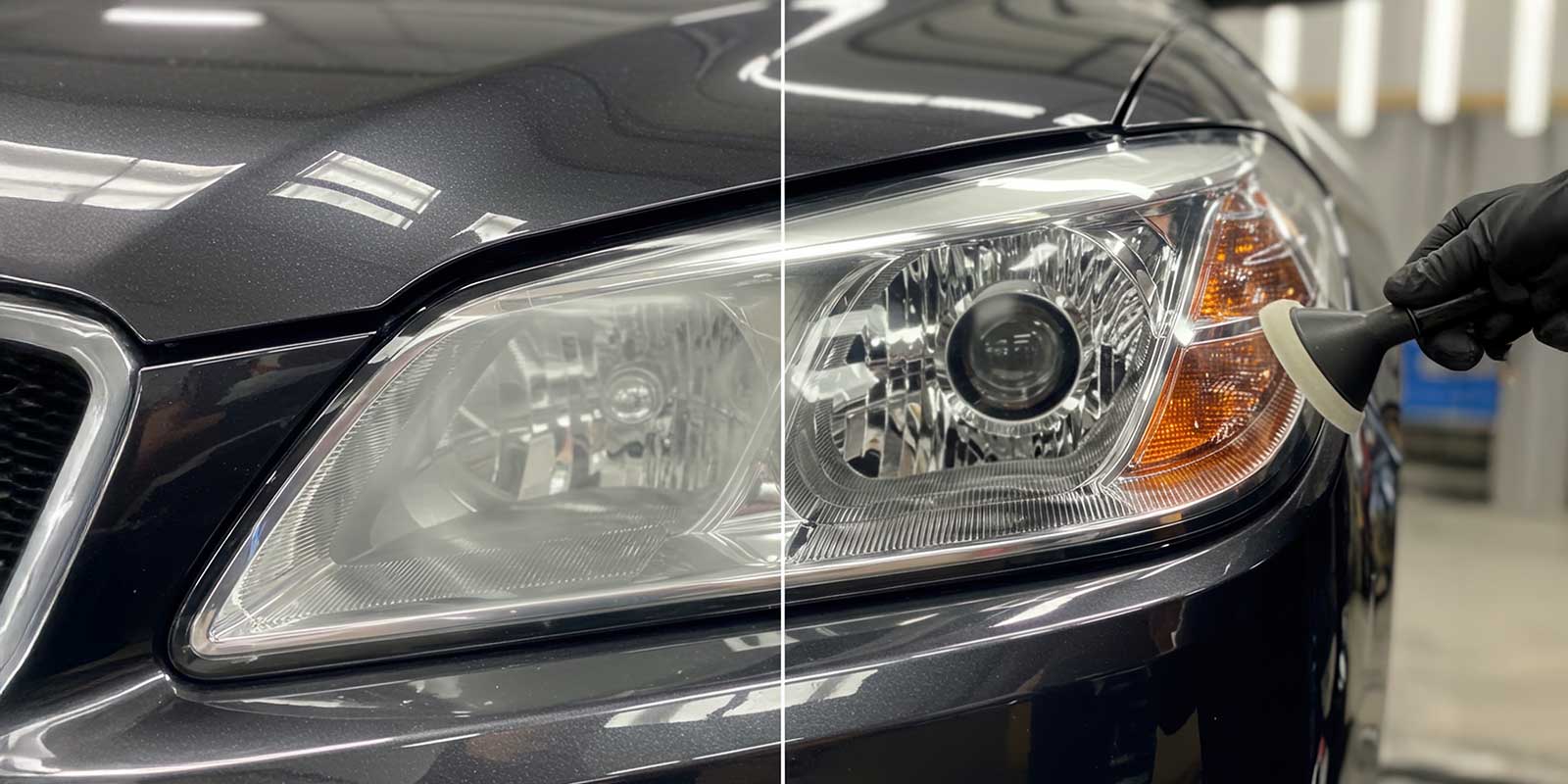DIY Headlight Restoration: Myths, Mistakes, and Pro Tips
If you’ve lived in Florida for any length of time, you know the sun here isn’t just hot—it’s relentless. Our intense UV rays take a toll on everything exposed to the elements, and your car’s headlights are no exception. Hazy, yellowed headlights don’t just make your car look older—they can also reduce light output and leave you frustrated. Many Florida drivers try DIY headlight restoration hoping for a cheap and quick fix. And while DIY kits might help in some cases, they’re not always the miracle solution people expect.
Before you spend hours cleaning your headlights or trying toothpaste, let’s sort out what’s true and what’s not. This will help you decide when to call the experts at Absolute Perfection Mobile Detailing.
(Curious about the safety and driving benefits of headlight restoration? Check out our earlier blog, “Illuminate Your Drive: The Importance of Car Headlight Restoration.”)
Common DIY Headlight Restoration Myths
DIY advice is everywhere online, but not all works—or lasts. Here’s the truth behind some popular myths:
The Toothpaste Method
Search “DIY headlight restoration,” and toothpaste is one of the first things you’ll see. Yes, toothpaste contains mild abrasives that can buff out surface haze. But here’s the catch:
If you’re prepping for a quick photo shoot or car show and don’t mind temporary results, toothpaste might help. But don’t expect it to last under Florida’s sun.
Baking Soda, Bug Spray, or WD-40
These household “hacks” create short-lived shine by either scratching the surface or leaving an oily residue that masks the haze. But:
Bottom line: These tricks might look good in a TikTok video but rarely hold up in real life.
Mistakes Car Owners Often Make
Even if you buy a decent DIY kit, it’s easy to slip up during the restoration process. Here’s what we see most often:
Using the Wrong Abrasive or Polish
Not all lenses are made from the same materials, and using a harsh compound can leave permanent scratches.
Skipping UV Protection
Sanding your headlights removes the cloudy layer—but also removes the factory UV coating. Without reapplying UV protection, the haze will return fast.
Not Cleaning or Masking Properly
Dust, oils, or leftover debris can create uneven results. Failing to mask your paint and trim can lead to accidental damage during sanding or polishing.
Expecting Professional-Level Results
Many DIY kits are designed for mild haze. If your headlights are extremely cloudy, cracked, or heavily yellowed, a DIY kit may not completely fix them.
What to Look for in a Good Restoration Kit
If you’re set on trying DIY headlight restoration, look for these key features in a quality kit:
When to Call a Pro
DIY headlight restoration can work if your headlights have light surface haze. But sometimes, it’s best to leave it to professionals, especially if:
At Absolute Perfection Mobile Detailing, we specialize in professional headlight restoration services. Our team uses advanced techniques and commercial-grade products to ensure your headlights look crystal clear—and stay that way. Check out our Headlight Restoration page for details about our services and results you can trust.
DIY vs. Professional Headlight Restoration
DIY headlight restoration can be a cost-effective way to fix light haze. However, it is not usually a long-term solution. For lasting clarity, UV protection, and peace of mind, professional services often deliver the best value.
At Absolute Perfection Mobile Detailing, we help Florida drivers keep their cars looking great. We also protect their investment from the tough coastal climate. Whether your headlights need a touch-up or a complete transformation, we’re here to help.
Ready for headlights that stay clear longer? Reach out to Absolute Perfection Mobile Detailing and see the difference professional care can make. Contact us today!

